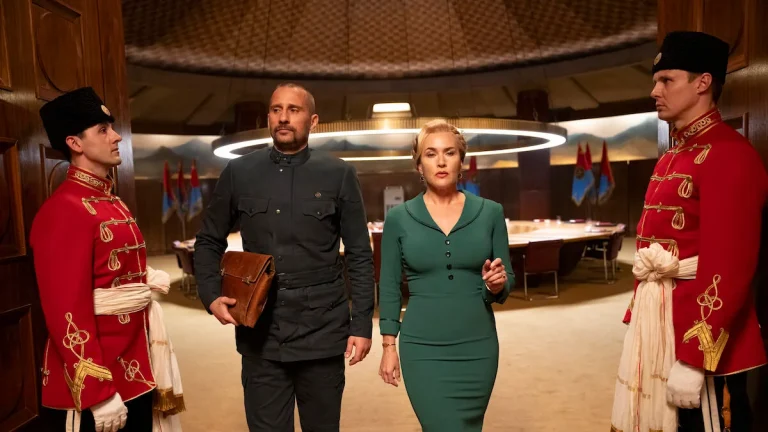Lamb Movie Ending Explained & Themes Analyzed: Icelandic director Valdimar Johannsson’s debut feature Lamb is an atmospheric pastoral thriller that explores the overarching thematic concerns of motherhood, childless grief, and the dark mysteries of human-animal relations. Originally titled Dyrid, this wild and eyebrow-raising psychodrama is a grim and twisted take on the rhyme “Mary Had a Little Lamb”. Johannsson co-wrote the screenplay with revered Icelandic poet, novelist, and lyricist Sjón to bring about a slow-burn eco-horror that blends elements of Scandinavian folklore and contemporary life.
Set on an isolated sheep ranch and farm in the Icelandic tundra, this minimalist fantasy chronicles a distraught and childless couple, who is grieving the loss of their child, choose to raise a baby lamb born with bizarre half-human physiology. However, the ramifications of defying the will of nature start to haunt them when a sinister and terrifying force of nature brings about chaos and catastrophe. The film that premiered at the 2021 Cannes Film Festival was selected as the Icelandic entry for the Best International Feature Film at the 94th Academy Awards. This transgressive narrative falls in the same category as the audacious films this year like Annette and Titane in its disquieting and unnerving encounters with the non-human.
Related to Lamb Movie Explained – Do You know How to Die? On David Lowery’s A Ghost Story and the Green Knight
This article is an attempt to explicate Johannsson’s directorial kick-off Lamb in detail and to shed some light on the ambiguous aspects of the movie that requires more clarity of thought. It also strives to analyse the thematic concerns addressed and interpret the allegory and symbolism employed in this haunting fable. I would recommend refraining from reading this write-up and saving it for later if you haven’t watched the movie as it may contain spoilers. Others, go right ahead. Happy reading!
LAMB SYNOPSIS & SUMMARY:
PROLOGUE: THE SHEEP BARN AND THE MYSTERIOUS ENTITY
Lamb’s story is told over the course of three chapters separated by title cards that function as the three-act structure of the screenplay. Shot in the beautiful and lush landscapes of mountainous rural Iceland, the movie opens with a prologue that establishes a somber and primal atmosphere of quiet dread.
The opening sequence depicts a long tracking shot from the point of view of an unknown loudly-breathing creature following a herd of wild horses that are slowly materializing in a white-out blizzard. The feral horses freak and bolt at the approach of the sinister-sounding entity that is making its way to an isolated barn of a farm in the dead of the night. When the mysterious entity enters the barn, the skittish sheep bleat apprehensively and spooked by its presence, the penned inhabitants even attempt to escape.
One of the sheep staggers out of the pen and collapses in a heap panting while the others look concerned. The radio announces that it is Christmas night. The camera moves past to focus on the central couple of the story who are about to have their Christmas dinner while the heavy-breathing of the ominous entity is heard in the background.
CHAPTER I: THE GRIEVING COUPLE AND THE BIRTH OF THE HUMAN-SHEEP HYBRID
After the menacing episode, the first segment of the film focuses on the aforementioned sheep-farming couple, farmer Maria and her husband, Ingvar Ingvarsdottir, who live on the remote farm near the Reykjavik, Icelandic mountains that look to be frozen in time. They are evidently unhappy and dejected and are going about their daily domestic routines and farm chores without exchanging words or cracking a smile.
The joyless, yet hardworking and dedicated couple drive a tractor to plow their land, tend their livestock of lambs, ewes, and horses, schlep hay for the sheep to eat, and harvest the crops. Their workdays also involve delivering baby lambs, tagging and logging the new lambs as the new year begins, and preparing meals. The pregnant silence and minimal conversation hint at a hole in their life or a missing piece that they lost prematurely. The pain they suffered is so excruciating that they are unable to speak about it.
During an instance of ewe parturition, Maria and Ingvar are astounded to learn that the ewe number 3115 has given birth to a bizarre half-sheep and half-human hybrid creature. Another opportunity for experiencing motherhood is right on the doorstep for Maria as she had given birth to a stillborn and is still grief-stricken about the loss of their daughter Ada.
Intrigued by its humanlike physical characteristics, Maria takes the hybrid lamb-child home, decides to raise it as their own, and name it Ada after her deceased daughter. Maria feeds the hybrid baby a bottle of milk, spends a sleepless night looking after the newborn, and sings lullabies, taking the responsibility of a surrogate mother in an effort to experience motherhood. And it becomes a life-altering experience for the couple who were leading depressive and melancholic lives as the anthropomorphic baby fills the void of their deceased daughter and the couple derives happiness out of being parents once again.
WHY DID MARIA KILL ADA’S BIOLOGICAL MOTHER?
When Maria and Ingvar are gradually overcoming the perpetual and incurable sadness they were trapped in, ewe number 3115, Ada’s biological mother, becomes an annoyance as it is constantly trying to contact Ada. It loiters outside the couple’s home and bleats loudly demanding for returning Ada. Maria also sees visions of the mother sheep in a wintry frame in her dream and she is apprehensive of the loss of her newfound happiness if Ada’s biological mother claims her.
One day, when Maria and Ingvar leave the newborn alone, Ada goes missing. Maria is frantic to find Ada as she cannot withstand or imagine another loss and separation. They search the landscape and they find that its biological mother took Ada to the mountains. Maria authoritatively takes Ada away from its mother and angrily shouts at it to go away. Maria fears that the lamb-child will be taken away just like her real daughter. After having another threatening dream that made her insecure and vulnerable, Maria shoots Ada’s mother and buries her body in a shallow, unmarked grave.
Related to Lamb Movie Explained –
CHAPTER II: THE ARRIVAL OF PETUR
The second chapter introduces us to Ingvar’s brother, Petur, a struggling singer who owes money to fellow artists. He ends up at his brother’s farm after he is thrown out of a car by his associates. When Petur arrives at the farmhouse, unbeknownst to Maria, he witnesses the killing of Ada’s biological mother and Maria burying it. Petur is shocked to see the anthropomorphic lamb and the attachment Maria and Ingvar have developed towards Ada. Ingvar tries to make Petur understand that Ada is a chance to experience happiness for them. But he resents the lamb-child and repeatedly claims that they are playing house with an animal, not a child.
Petur is constantly making sexual advances towards Maria when she is alone and it seemingly implies Maria had an extramarital affair with Petur, possibly to cope with the tragedy of her loss and the detachment she might have faced with Ingvar. Maria rejects the advances of Petur now as she has found happiness in her life and feels awful to cheat on her husband anymore. Feeling furious at the circumstances at hand and disturbed by the strange attachment the couple has towards Ada, Petur takes Ada for an early morning walk with the intention of shooting her with a rifle. However, Petur has a change of heart and Maria later finds him sleeping soundly with Ada in his arms.
CHAPTER III: THE CALM BEFORE THE STORM
The third segment commences with Maria visiting the grave of her real daughter Ada and feeling tranquillity and fulfilment as she is no longer broken-hearted and desolate. Maria and Ingvar have accepted the lamb-child as their own and Petur also acts as an uncle-like figure towards her. One evening, while María, Petur, and Ingvar are enjoying themselves in a drunken party dancing to the songs of Petur, Ada witnesses the unknown entity near the barn and we witness a glimpse of the entity through Ada’s eyes. Ada runs towards the mirror and looks at herself understanding a connection between them. The entity kills the family’s dog and possesses the family’s gun.
At the end of the party, when a drunk Ingvar goes to bed, Petur makes sexual advances towards Maria once again. When she rejects his advances, Petur blackmails her into revealing to Ada that Maria had killed Ada’s biological mother. Pretending to feel threatened, Maria tries to seduce Petur in order to lock him in a closet and plays the violin to drown his cries. Realising Petur can drive a rift between Maria and Ingvar, she drives him to a bus stop and sends him back home.
LAMB MOVIE ENDING EXPLAINED: THE RAM MAN
Towards the end of the film, the mysterious loudly-breathing entity is revealed to be the true father of six-month-old Ada. This “Ram Man” is depicted as a towering and menacing half-human and half-ram, with the torso and arms of a man but the legs and head of a ram, who has appeared to avenge Ada’s biological mother and to take her away from Maria and Ingvar. The prologue sequence of the film throws light on the conception and birth of anthropomorphic Ada. During the heavy snowstorm on Christmas night, it was the Ram Man who impregnated Ada’s biological mother by mating with her. From the appearance of the Ram Man, it is heavily suggested that the ewe number 3115 gave birth to a hybrid just like her father.
When Maria took Petur to drop him off at the bus stop, Ada serves breakfast for Ingvar, and later both venture to the mountain to repair the tractor, which had broken down earlier when Pétur was driving it. While playing on the grass, Ada senses her father approaching. On their way back home, the hybrid Ram Man emerges and shoots Ingvar in the neck. An innocent and blameless Ada mourns for her adoptive father while her biological father drags a tearful Ada with it and walks away into the wilderness. When Maria returns home to find Ingvar and Ada missing, she searches for the two and discovers Ingvar’s corpse. She grieves in despair for the loss of her husband and Ada who filled her life with happiness. The film ends with Maria wandering the wilderness before facing the camera and closing her tear-filled eyes accepting what just transpired.
LAMB MOVIE THEMES EXPLAINED:
PARENTAL GRIEF AND MOURNING
Lamb explores the parental grief and mourning and the complexities of coping with the loss of a child of both human and non-human entities. It tackles the profound loss through the lens of folklore allowing it to play out both literally and thematically. The unspoken familial tragedy of Maria and Ingvar is the grief and bereavement of the loss of a child. Maria and Ingvar are not living but surviving indulging in domestic chores and routines and it authentically captures the anguish, tears and vulnerabilities of parental loss. The irreplaceable loss of a stillborn child not only created stressful psychological and traumatic effects in the couple but also a breach in their relationship.
Similar to Lamb Movie Explained – The Medium Movie Explained: Ending, Themes & Spiritual Confusion and Karmic Retribution Analysed
The parental grief also forces the traumatized parents to make bad decisions. By adopting the lamb-child, Maria denies the motherhood of the biological mother of Ada and the ewe undergoes the same loss Maria experienced. Maria becoming a human interloper steals the baby from ewe number 3115 and even denies the chance to lick her child’s face. The formidable ewe, who repeatedly bleats at Maria and Ingvar’s window persistently to get her child back, becomes the Maria in animal form. But Maria commits the unforgivable sin of taking the life of Ada’s mother by shooting her in the head with a rifle. When Maria has a second chance at motherhood, she sees it as a new beginning, but it was short-lived because of the transgression and wrongdoing she committed against Ada’s biological mother.
AN ALLEGORY OF MOTHERHOOD AND PARENTING
The film also enumerates the role and challenges of being in a marriage, the burdens of parenting and motherhood. After being devastated at the loss of a child, Maria and Ingvar gain a second shot by sheer luck or through some divine intervention. They take advantage of the situation to experience parenthood and selfishly appropriate the child because of the apparent human traits.
The couple nurses the lamb-child, dresses her in children’s clothes, tends to her in the crib, and treats her as their own real daughter. When Petur bullies the child, Ingvar rescues her from his taunts and reprimands him calling Ada their happiness and gift. The film serves as an allegory as it explores the duality of parenthood being both selfless and selfish. Maria and Ingvar care for the child and ensure the safety of the child selflessly but at the same time, they are selfish as they refuse to let anyone, even its biological mother take her away from them.
MANKIND’S EXPLOITATION OF NATURE
The film is a symbolic representation of mankind’s gluttonous domination of nature and its bounties for self-indulgent needs and interests. It also addresses the hierarchies and dark mysteries of human-animal relations and The anthropocentric perspective that regards humankind to be superior to nature gives infinite control to human beings manoeuvring and utilising the natural world for their materialistic pursuits.
Maria in her longing and yearning to become a mother defies the will of nature and seize the opportunity to snatch the ewe’s daughter. By eliminating Ada’s biological mother, Maria set the course for the catastrophe that ultimately left her empty-handed. It can be read as a cause and effect of karma or a tale of morality in which nature punishes the evil-doer for their bad deeds.
When Maria killed Ada’s biological mother, the Ram Man took revenge for killing his mate and took the child back to the wilderness. The Ram Man represents nature’s wrath and its anger towards human who exploits the earth for greedy purposes. The film makes an imperative statement on the need for environmental ethics and to be respectful to all creatures of nature. Johannsson also ruminates on whether motherhood could transcend nature and nurture on the basis of this folkloric mythology.
CHRISTIAN REFERENCES IN LAMB
Johannsson utilises several enigmatic and perplexing Christian thematics and biblical references in the film. In Christianity, the lamb represents Christ and is called the Lamb of God who is ultimately sacrificed for taking away the sin of the world.
In Lamb, Ada is conceived on a dark wintry night on Christmas Eve in a manger. And her birth is nothing short of a miracle and in a long shot may epitomise Jesus. Maria is an equivalent to the name Mary and is indicative of Virgin Mary. Petur is analogous to apostle Peter, a fisherman who witnesses Jesus walking on water. He fought against fear and doubt to accept Jesus as the Messiah and was able to walk on water until his faith withered.
Petur takes time to accept Ada and when he takes Ada on the fishing boat, he talks about lambs walking on water. The name Ada is a biblical reference to Adah, the daughter of Esau who was a hairy man, suggesting the woolly bodice of sheep. In spite of these obvious allusions, they function only peripherally without adding a deeper textual meaning.
Lamb is a meaningful quest touching on the dire implications of violating human-animal coexistence. Bestowing the viewers with the strong and skillful aesthetic of the Icelandic hills, Johannsson merges the regional Icelandic folklore and his own imaginings to link the convergence of the human and animal world. The humanoid figure of Ada and Ram Man also reminds us of Minotaur and Satyr in Greek mythology and the elephant-headed Ganesha in Hindu iconography. This A24 feature with the hallmarks of a horror film is far cry from it and aims to create a foreboding on the power and scope of the natural world around us that could confront us at any point.


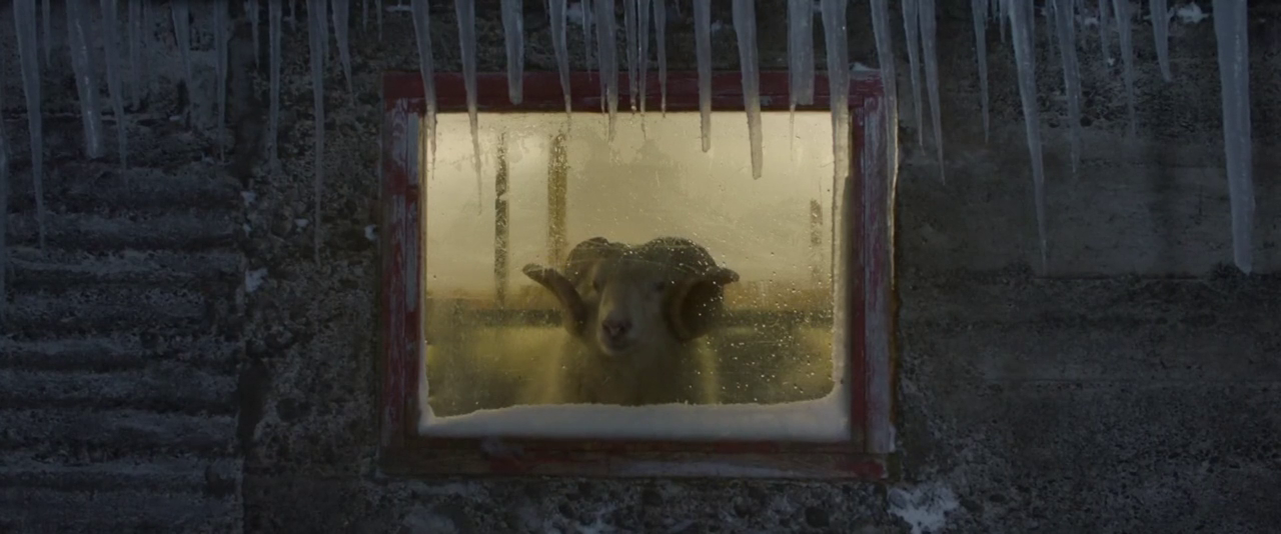
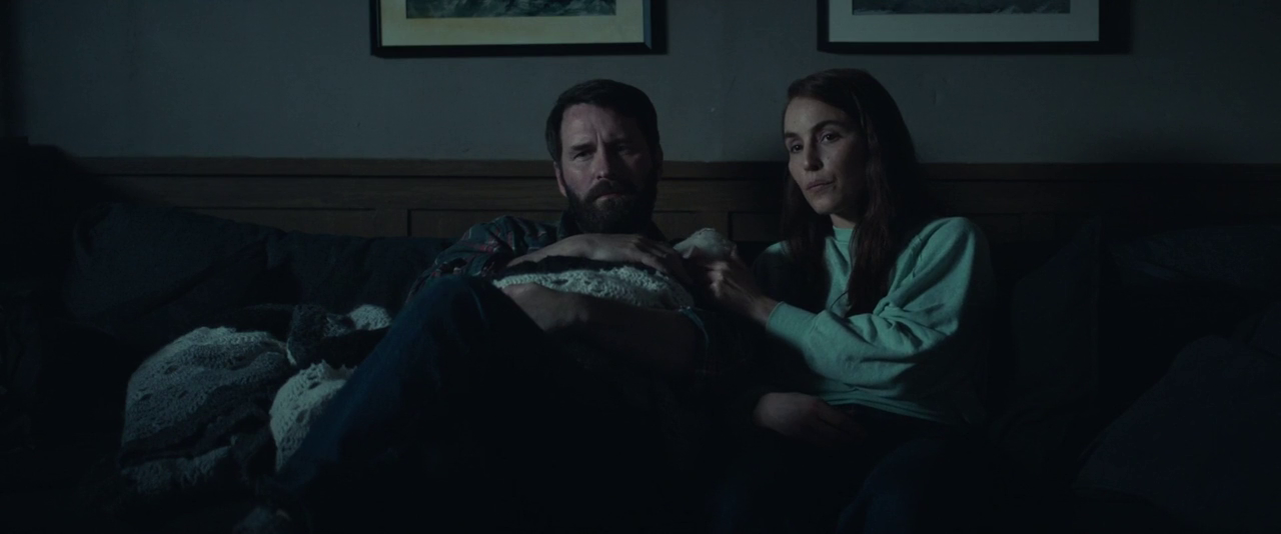
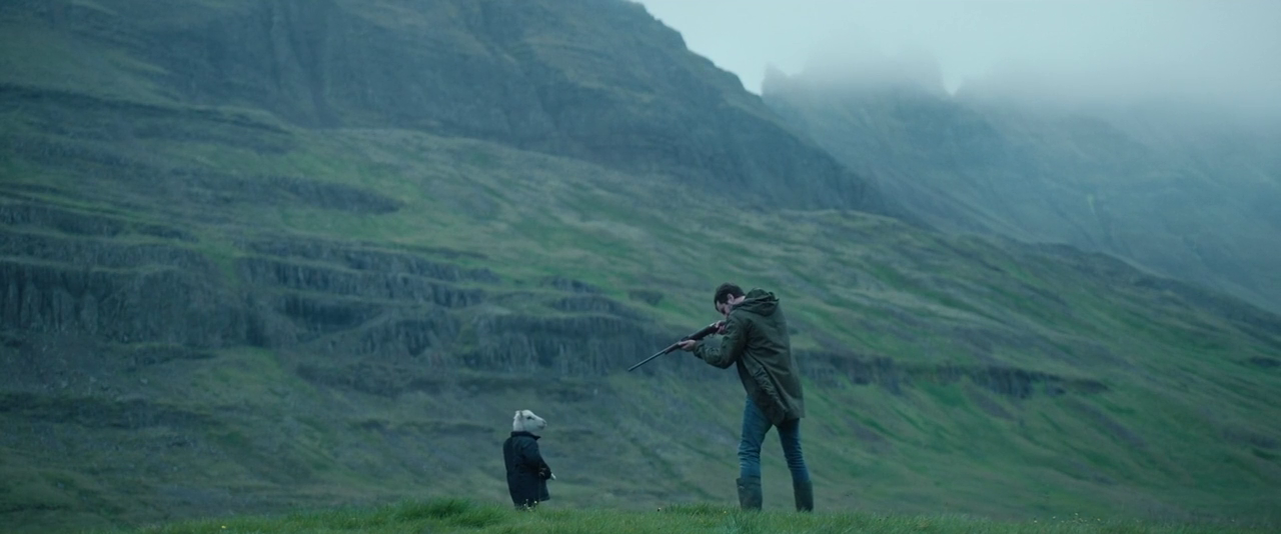
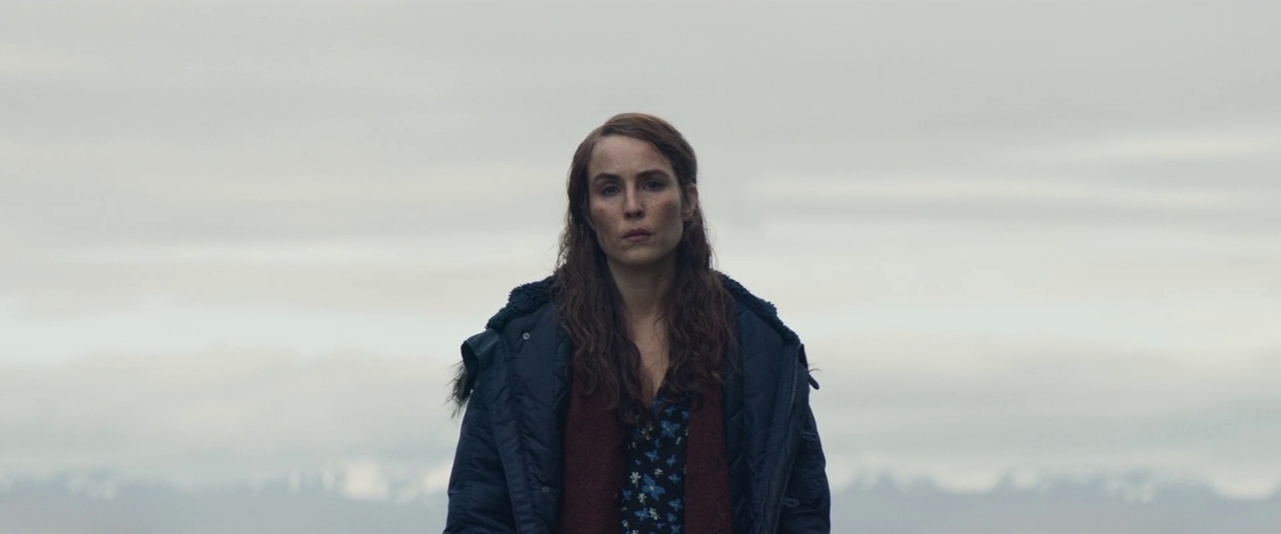
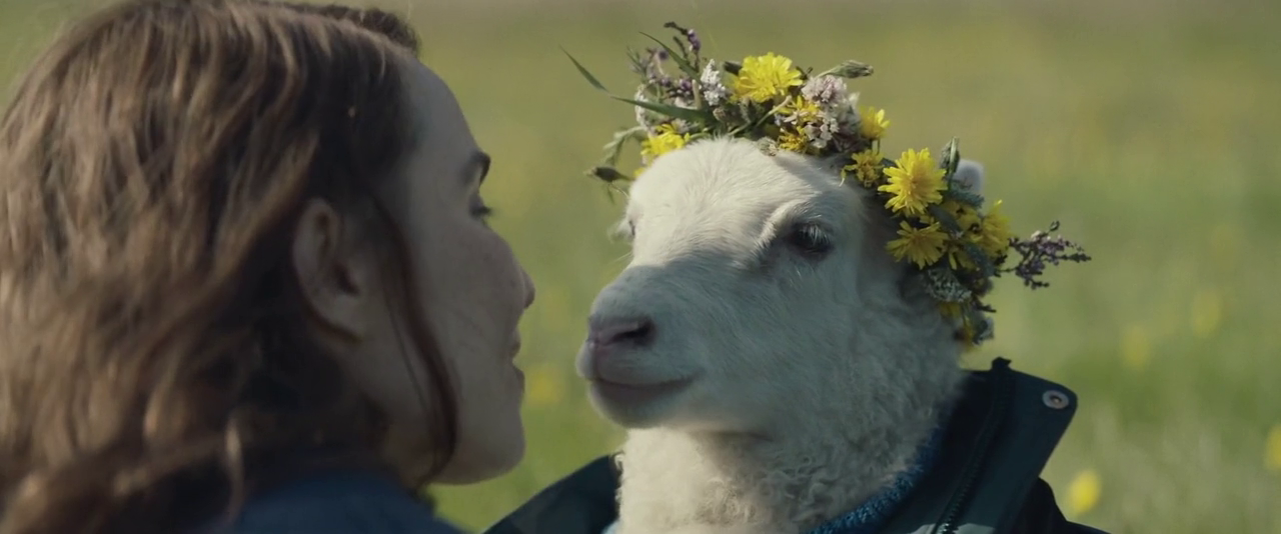
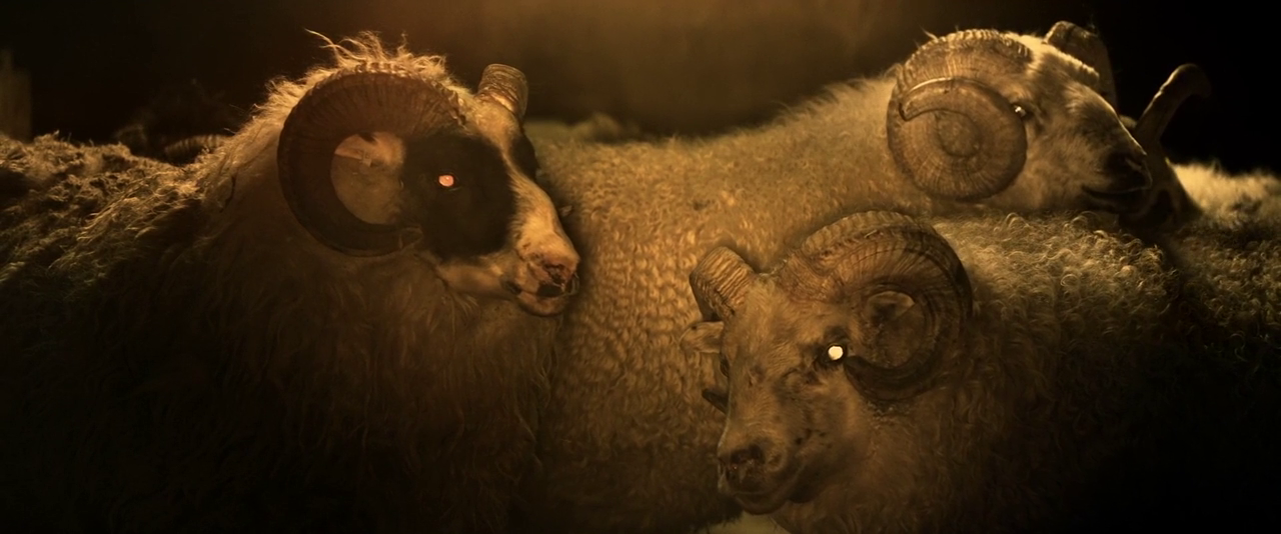


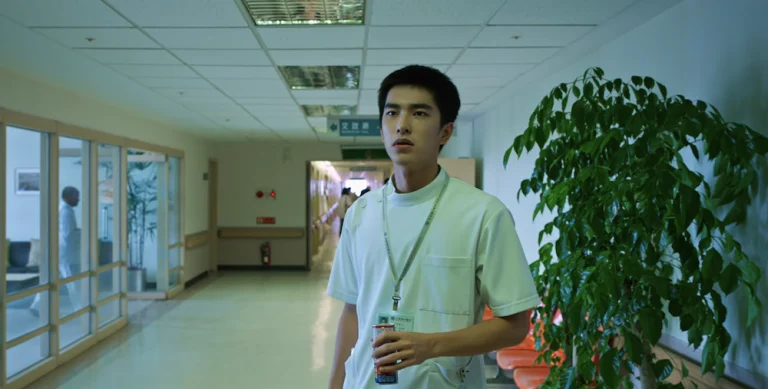
![Son of Monarchs [2021] Review: A Mysterious yet Powerful Blend of Science and Cinema](https://79468c92.delivery.rocketcdn.me/wp-content/uploads/2021/10/Son-of-Monarchs-768x432.jpg)
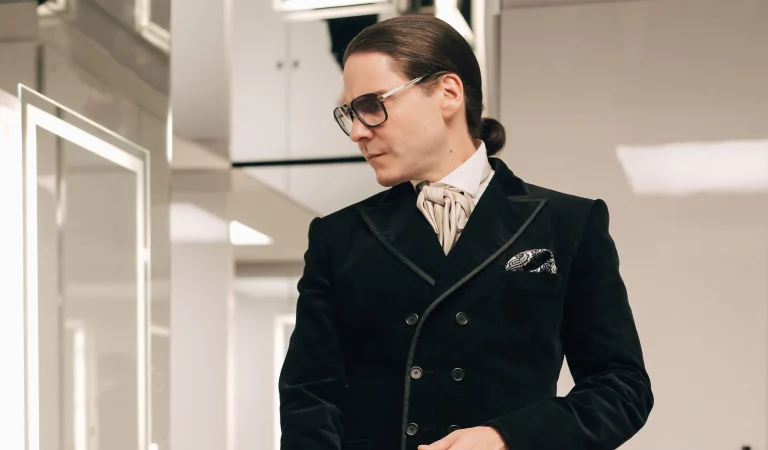
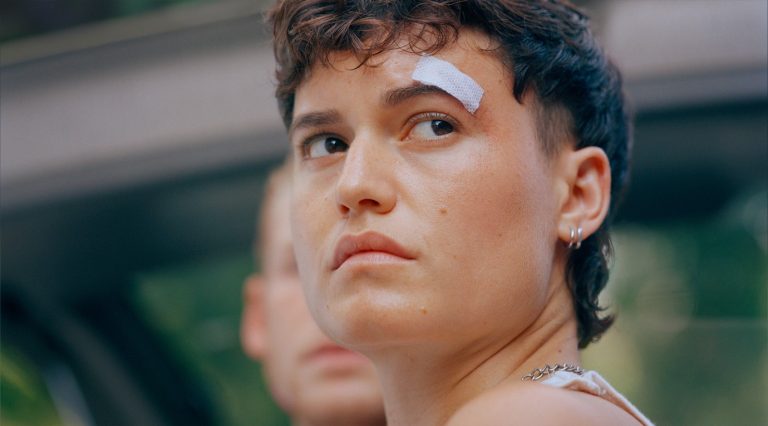
![The Tender Bar [2022] Review – A Generic Adaptation of An Emotionally Uplifting Memoir](https://79468c92.delivery.rocketcdn.me/wp-content/uploads/2022/01/The-Tender-Bar-1-768x432.jpg)
